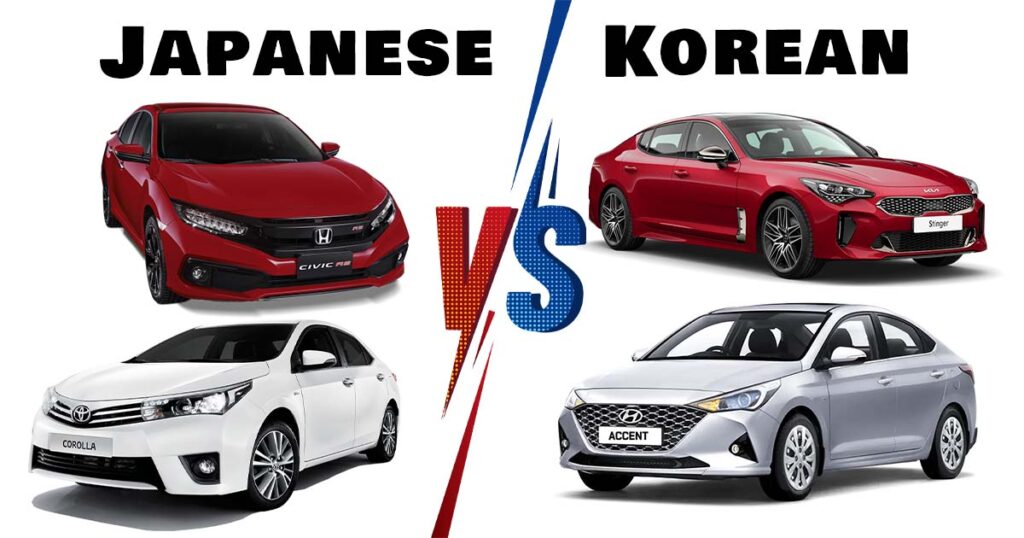
Throughout the car’s history, the battle has always been intense between the Japanese cars and the German cars. This is because they were always providing the latest innovation for their loyal customers in the auto industry.
Reliability, luxury, and high-tech were always bounded between these two giant automaker countries. However, during this raging battle between them, and when they were thinking about how to beat each other, there was a silent monster inside his cave preparing for the unpredictable surprise. It is the South Korean Auto-Industry that made superb progress in developing its cars in the last 10 years.
Japanese cars have been for years considered the king of reliability, but suddenly those Korean cars, which were considered once as useless and rubbish, are now advanced and competing with the Japanese cars in their playground, in the reliability, not only in reliability but also in luxury, performance, and technology. How the Korean cars make such great progress in no time? And at what points does each side excel? And most importantly, which one to choose?
Japanese Auto-Industry

It’s a well-known fact that Japan’s auto industry formerly dominated the global market. Manufacturers in the Land of the Rising Sun need not prove anything; it is common knowledge that Japanese cars are innovative, reliable, and stylish. We have already compared the reliable Japanese cars with German cars. Are German cars reliable?
Middle-aged consumers often choose reliable Japanese vehicles. If you invest in a Japanese vehicle, you may drive it carefree for at least ten years. On top of that, Japanese automobiles have more affordable replacement components.
Japanese Engines
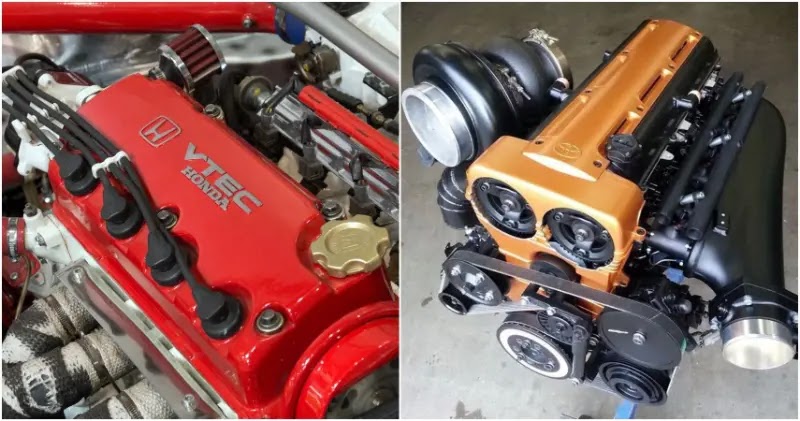
Allow me to take a closer look at their engines. Most of these units are high-quality, trustworthy, and straightforward, and they can go up to 500,000 kilometers before breaking down.
Japanese Cars Suspension & Transmission

The quality of Japanese suspension is often regarded as world-class. The Macpherson-type suspension (with higher clearance) is a resource that can last for up to 150,000 kilometers in extreme situations.
However, it is often known that the Japanese are not very skilled at transmission systems. The robotic and automated gearboxes in new Toyota vehicles raise some worries among both experts and consumers. Nonetheless, there are plenty of other good options out there, especially in the area of automatic and manual transmissions (Nissan cars are one of the best).
Japanese Cars Look & Style
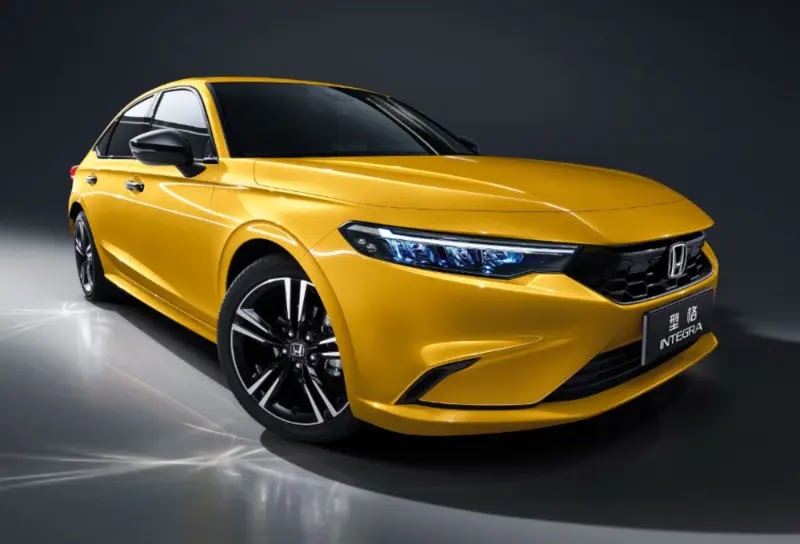
When it comes to the external styling of their vehicles, Japanese automakers are known for producing cars with stylish but aggressive looks. However, it is not the case when it comes to the inside of cars. Manufacturers have recently been skimping on materials, negatively impacting features like soundproofing and seat comfort.
Japanese Cars Safety
When comparing Korean cars to Japanese cars, safety is an essential consideration for many buyers. This is why Japanese automakers are often seen as more trustworthy. These vehicles have safety features such as airbags, electronic stability control, anti-lock brakes, and brake assist to ensure the driver’s safety. Honda, Toyota, and Nissan are just a few examples of well-respected manufacturers in Japan’s extensive vehicle industry.
Japanese automakers continue to attract a loyal customer base from throughout the world, but they are losing ground to Korean competitors in the Asian market due to pricing and quality.
Korean Auto-Industry

The Korean manufacturing industry is distinguished by its ability to replicate the achievements of its key rivals at a far more rapid pace. Over the past decade, they’ve run a mega-race instead of a regular one.
Unlike their Chinese rivals, Korea’s automakers have developed and designed vehicles from the ground up, with some very impressive results. In contrast to Japanese cars, even the entry-level models come standard with advanced features such as USB and AUX connections, cruise control, and a music remote control mounted on the steering wheel. In addition, prices are maintained at or below the middle range, often even being cheaper than those of brands sold in neighboring countries.
Korean Tech & Youthful Cars
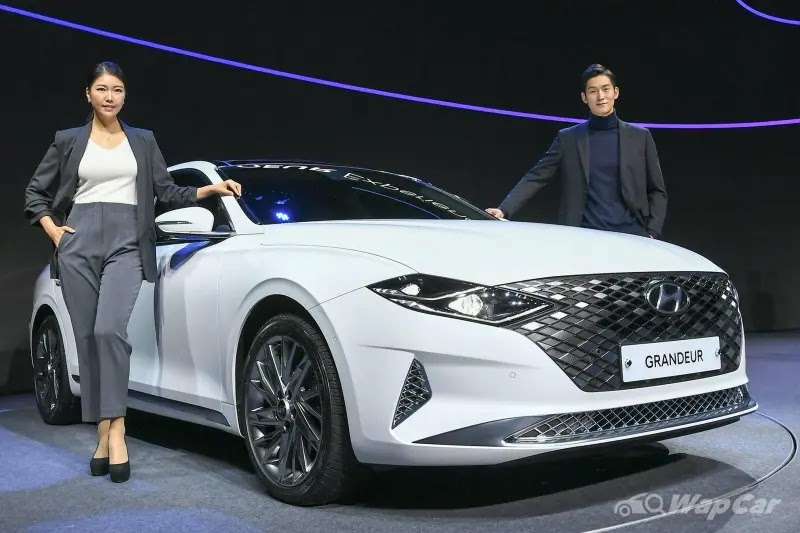
You can’t go wrong with a Korean automobile if you’re a youthful driver searching for excitement on the open road. The finest part of a Korean car is the inside, which is better than what you’d get in a comparable Japanese vehicle. The vast availability of customization choices is another strength of Korean automobiles.
The Hyundai Accent, a strong contender in Korea’s B-segment automobile market, is equipped with several convenient options, such as automatic headlights, a music system with six speakers, a sunroof, and LED daytime running lights, to name a few. So if you’re searching for a car that stands out from the crowd in terms of design and technological advancements, go no further than a Korean model.
Korean Engines
In terms of reliability, engines are on a level with the Japanese, boasting a service life of 500,000 kilometers or more before needing to be replaced. They have also made great strides in improving the efficiency and power of the engines. The 1.4-liter engines from KIA and Hyundai, for instance, produce 107 horsepower (on average) and use just 5.9 liters of fuel per 100 kilometers.
Korean Cars Suspension & Transmission
Korean automobiles’ suspensions used to be a weak aspect, but now Hyundai and KIA are on par with or better than Toyota.
The Koreans are ahead of the Japanese in transmission. Manual and automatic 6-speed transmissions found in modern Korean automobiles are extremely dependable and long-lasting. Transmissions typically last between 300,000 and 500,000 kilometers before needing replacement.
Korean Cars Design & Tech

Korean cars follow the same design trends seen everywhere in the industry. Those prestigious manufacturers make automobiles that are both unique and pleasing to the eye. The metal and paintwork in these automobiles are high grades, and they are beautifully put together.
They differ from Japanese manufacturers in that they equip their vehicles with soft plastic that makes the seats more ergonomic and pleasant to sit on. In addition, many “extra” features, such as automated parking, cruise control, etc., are standard in modern Korean automobiles.
Conclusion
In conclusion, Japanese companies have established themselves as industry leaders, while Korean manufacturers are making rapid strides forward. They began to outperform Japanese brands in quality and value, which was most apparent in mid to low-priced vehicles.
A defining feature of Korean companies is their ability to adapt to changing conditions swiftly. They are quick to address issues with their vehicles and continually strive to enhance the quality of their products.
To avoid paying too much for a name, choose a Korean model instead. Japanese automakers are still unmatched in the luxury class, but in most other areas, Korean manufacturers are competitive. But I have no idea how long this will persist.


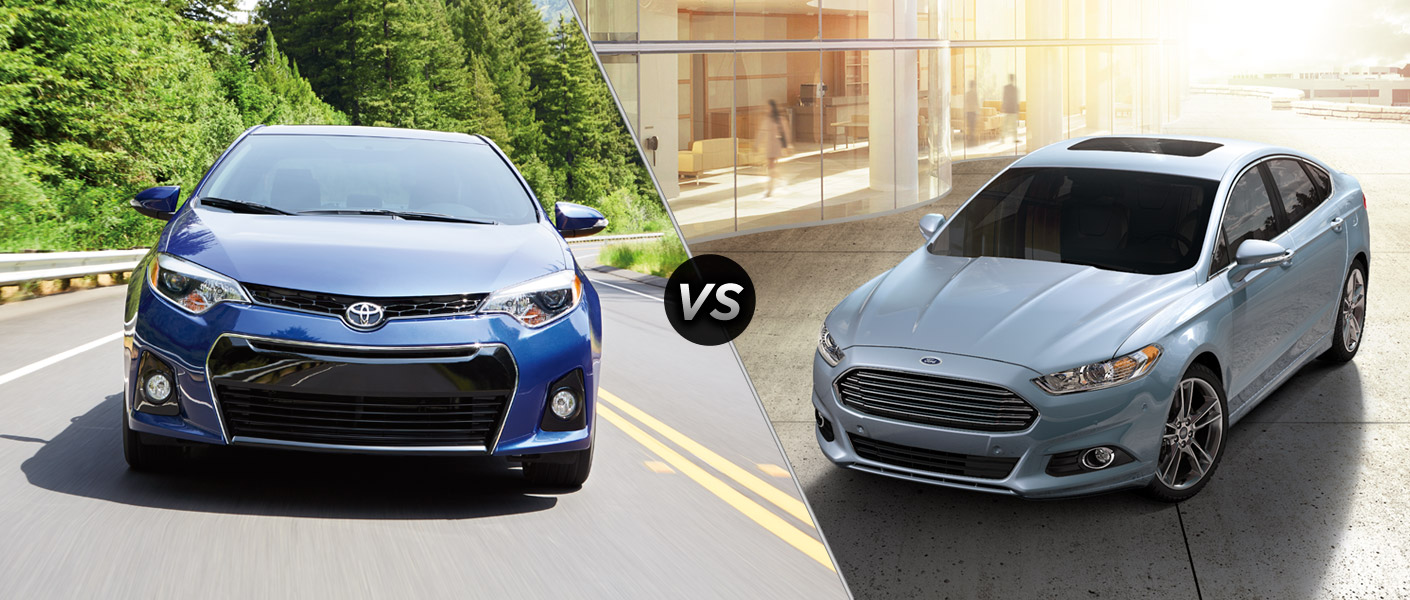
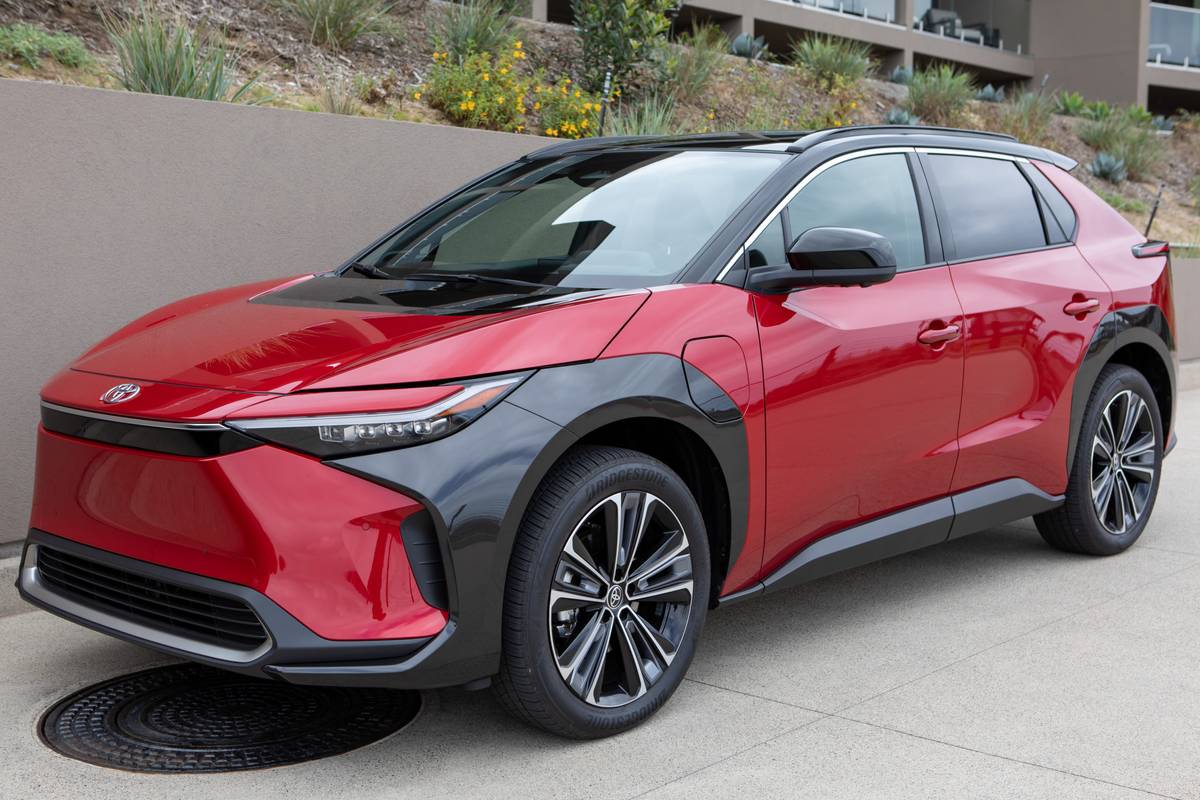
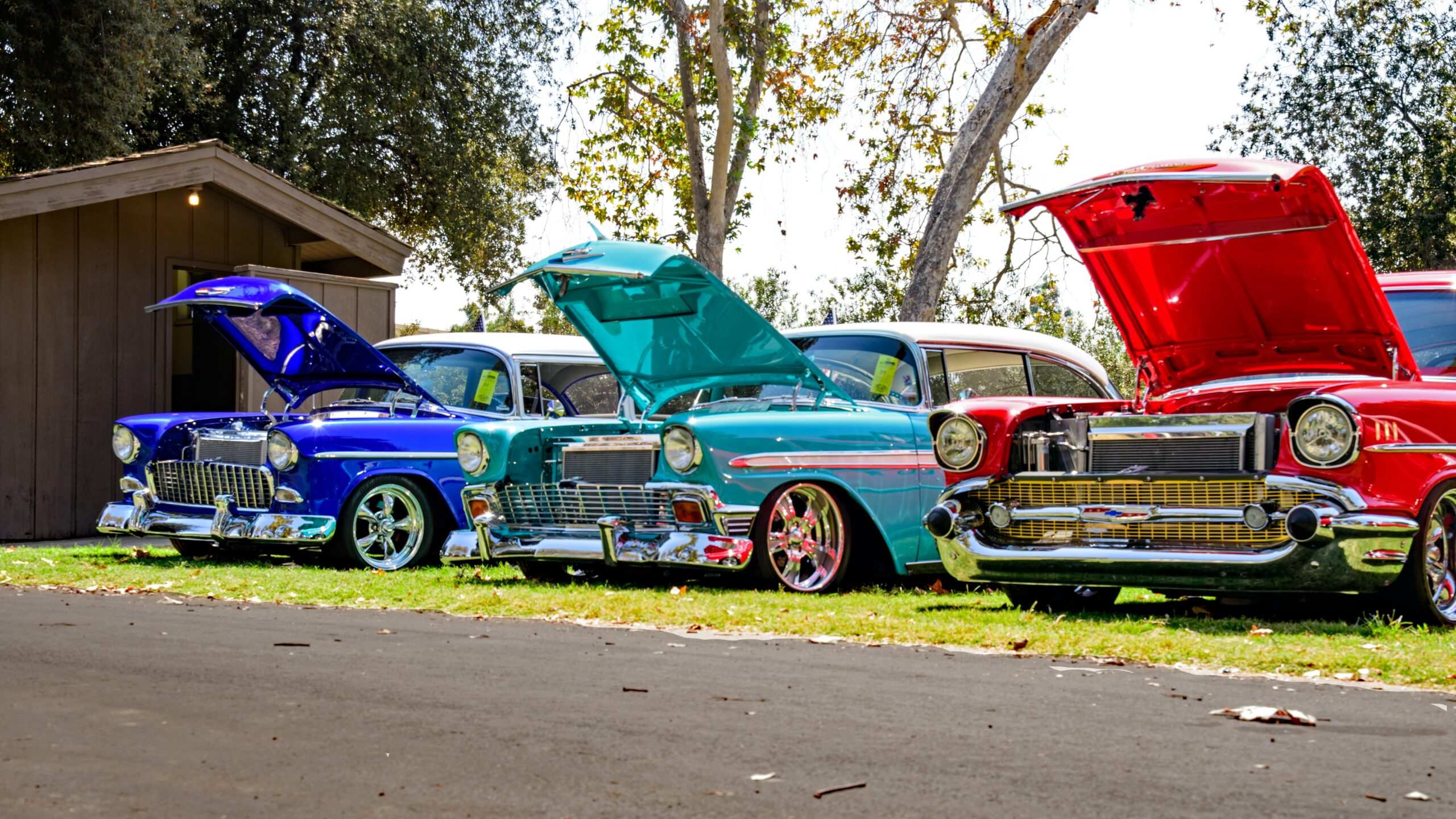
wtf are you talked about? pile of nonsense, lmao.
Nah you just too broke and blind to see and listen to the fact lmao
Ever drove genesis? Or even a korean car above cadenza class? You prolly just drove cheap cars only so no wonder you cant relate
The Toyota’s Asin company produces the MOST RELIABLE transmissions in the world. Only a complete moron can write such nonsense.